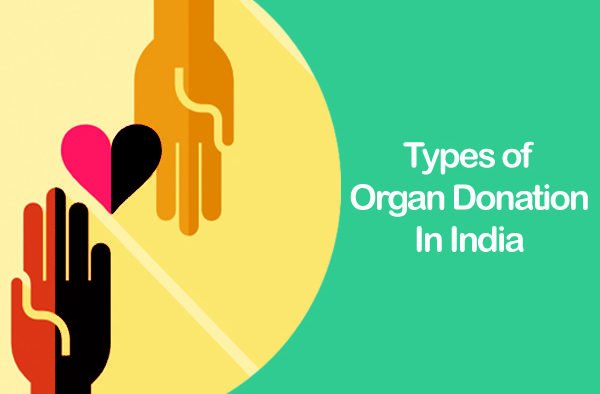Types of Organ Donation In India

In India, there are six types of life saving organs that can be donated to save the life of a patient. These include Kidneys, Liver, Heart, Lungs, Pancreas and Intestine.
Similarly, tissues such as corneas, skin grafts and bones are harvested and transplanted. Organs are retrieved only when a patient is declared brain dead by doctors.
Off late, uterus transplant has also been started in India. However, uterus is not a life saving organ as per the Transplantation of Human Organs Act (2011).
In India, there is an acute shortage of organ donors and lakhs of patients die every year because of unavailability of donors.
It is important to note that even with the largest population in the world, India ranks lowest in donating organs i.e. 0.8 per million population. Whereas, Spain ranks on the top with 32 per million population.
Read also: COVID19: Over 40000 People Will Participate In Russian Sputnik V Vaccine
The National Organ Transplant Tissue Organisation (NOTTO), a body under the umbrella of the union health ministry manages the allocation of human organs to the hospitals across the country through transparent channel.
Dr Anup Kumar, head of renal transplant and urology department at Safdarjung Hospital said, “Kidney, heart, lungs and liver transplantation is conducted in India majorly. Pancreas and intestine transplants are rare phenomena, but it happens. Recently, uterus transplant has also been started in India. However, uterus is not a life saving organ. We are still looking for its good and long-term results”.
“It is good that more people are donating organs. But more awareness campaign is needed. Presently, recipient and donor ratio is very low in India. As there is a huge gap between demand and supply. Especially, situation in north India is very poor. Only 10 percent of cadaver donors are available in the country,” said Dr Kumar, who is also an expert panel member of Apex technical Committee to NOTTO.
“In case of renal transplant, the demand is nearly 2 lakhs every year across the country. If we talk about Delhi-NCR, only 10 percent patients are receiving kidney transplant and 90 percent remain in the waiting list”, said Dr Kumar.
Dr Vasanthi Ramesh, Director, NOTTO said that the department is making continuous efforts to increase the awareness of organ donation.
As per NOTTO, in 2017 a total of 905 cadaver donors were available across the country whereas in 2016 it was 807.



















